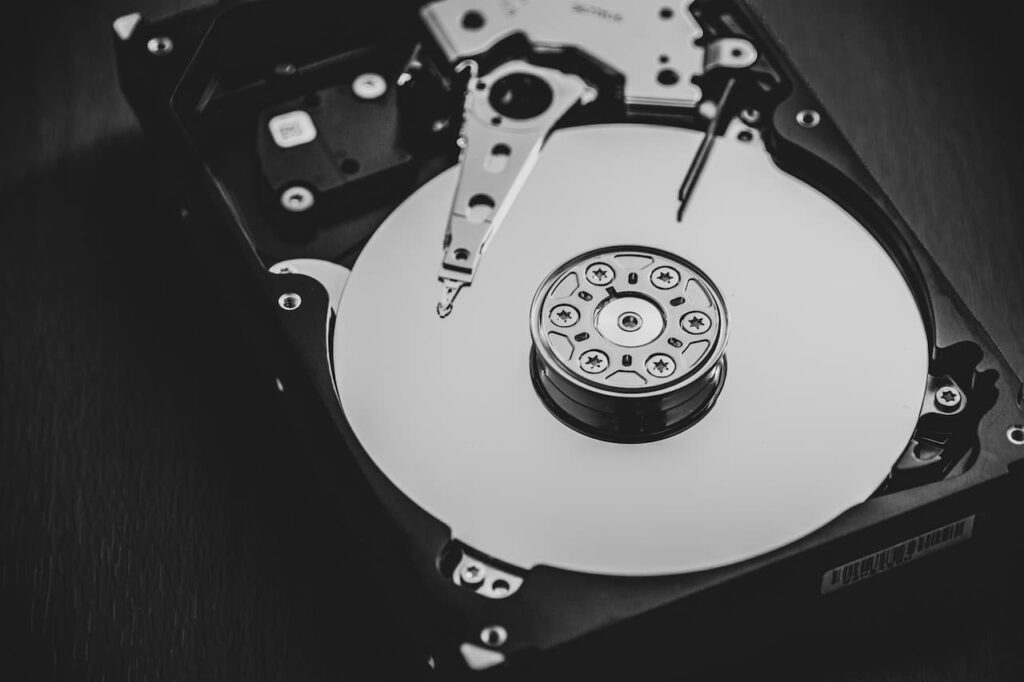When you’re building your PC, it’s imperative that you decide on the right drive. There are only two types to choose from: hard drive and solid state drive. If you do not understand the difference between them, you can make a mistake and put not quite the right drive. HDD and SSD drive – perform different tasks and are suitable for different application scenarios. Let’s talk more about what these drives are, how they work and which one is better to choose.
What is an SSD and how does it work?
The solid state drive is a new development of scientists. It is designed so that it has no unnecessary elements. So, for example, SSD drive has no moving parts. Information is received and stored directly on the NAND memory chips. The capacity of the disk is in direct relation to the size of the chip.
SSD is a simple and budget-friendly option that can easily replace your old hard drive. Its advantage is a significant acceleration of the computer. SSDs are smaller in size than hard drives, so they can often be found in laptops. It also has a low sensitivity to mechanical damage and vibration.
SSD drive can have several types of memory:
-Reliable, high-speed with a long rewrite cycle. Very expensive. Contains memory of a single-level structure in a cell.
-MLC. Fast, durable, but expensive. Contains a multi-level cell structure. One cell can hold and store 2 bits.
-TLC. Slow with a shorter rewrite cycle, but great for users who don’t care that much about this factor. There are 3 bits in a cell. it’s the next step in the development of flash memory.
-QLC. The slowest and cheapest variant. It can contain information up to 4 bits in one cell. It’s the latest step in the development of flash memory.
When choosing this drive you should pay attention to the controller used. It controls the data reading and writing operations in the cellular memory structure. Its functions also include monitoring the state of the data, correcting inaccuracies, aligning cell wear and performing a number of auxiliary tasks.
What is an HDD and how does it work?
The hard drive, called HDD for short, is a data storage device with special principles for recording information. So, to perform this task, certain areas on the surface of the plates, which are also called magnetic disks, are magnetized. Plates are surfaces made of aluminum, glass or ceramic. They are coated on top with a layer of ferromagnetic material.

For the hard drive to be able to store information, it is specially divided into tracks and sectors. The tracks on top of each other are called a cylinder. Depending on the amount of memory inside the body of such a drive, so many plates can fit in it. Their number can be from one to eight.
Plates are attached to the spindle, which rotates at a speed of 4-15 thousand revolutions per minute. A special magnetized cooker reads the information on the plate. The work of HDD is controlled by an electronic board. It has an integrated ROM and CPU. Also there is a cache-memory and servo-controller. Modern models of hard drives have a cache buffer capacity of 512 MB.
Depending on the size hard drives are divided into two kinds:
-2.5-inch. Most commonly used in notebook computers.
-3.5-inch. Can be used in PCs, video surveillance systems and also in network storages.
HDD drives can also be divided into subgroups:
-For Personal Computer. For example, the TB Seagate BarraCuda hard drive or the Toshiba P300 [HDWD110UZSVA].
-Drives for NAS.
-Server options. Toshiba Enterprise Capacity HDD and Seagate BarraCuda hard drive.
-For video surveillance systems.
SSD vs HDD comparisons
The first thing to look at when choosing and buying drives is the amount of memory. Then consider the price. SSDs are smaller in capacity, but cost more. The price difference is gradually decreasing. The most expensive option is the SSD NvME. If you need to save money in the process of installing a computer, you can trust your choice of SSD with a capacity of 512 or 256 gigabytes.
Such a solution will not greatly affect the price, but will come out much more convenient and faster in subsequent application. Here you can immediately install the OS and programs that will be actively used first. If space is still not enough, you can buy a separate hard drive to store files.
SSDs are definitely faster in action. This is due to the fact that they have no moving parts and, accordingly, the speed does not depend on revolutions, but is closely related to the technology of data transfer. Also solid state drives are more durable. This is due to the absence of a mechanical component in their turnover. They are much quieter than their counterparts and are slow to heat up even under high loads. They are twice or even three times faster than HDDs.
The best solution for your personal computer will definitely be to install an SSD operating system. Speed is a major advantage. Solid state options are fast, so they are in higher demand. Their use meets data download security standards. Even on a tight budget, the benefit is obvious even for installing a system.